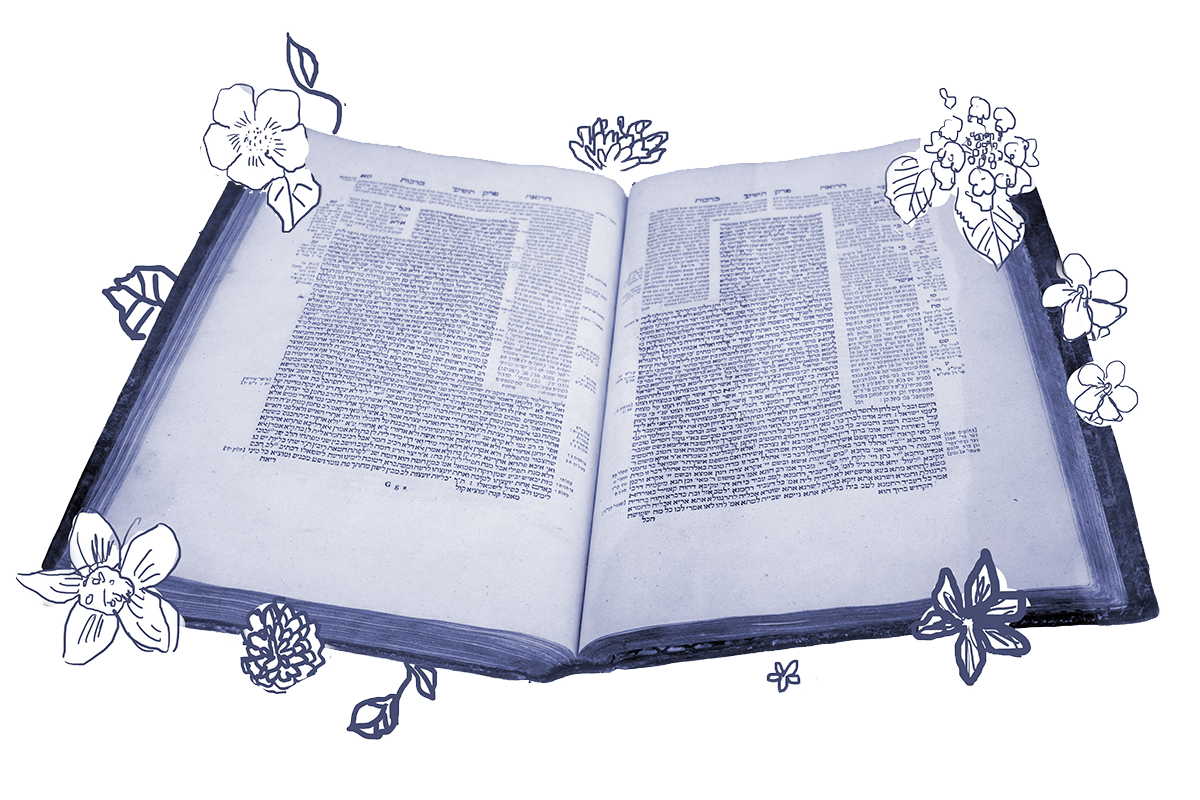On today’s daf, the Talmud discusses what happens when someone mortgages their land twice, to two different people, for two different loans. (Don’t try this at home.) When the creditors come to collect, who gets the property?
Rav Nahman said: This matter was raised before us, and the sages sent a response from the land of Israel: The first acquires the property.
Rav Huna said: They divide it.
Rabbah bar Avuha also teaches this: They divide it.
Ravina said: In the first revision of Rav Ashi, he said: The first acquires. In the last revision of Rav Ashi, he said: They split it.
The law is that they split it.
There are two positions. One holds that the first creditor gets the land because the land was never legitimate collateral for the second loan. The other position is that the creditors, both of whom have a lien, divide the property between them.
We have two statements on the matter from Rav Ashi, a mahadura kama (first revision) and a mahadura batra (last revision). These terms do not appear elsewhere in the Talmud, though they are common in later rabbinic literature. What do they mean? Rabbeinu Gershom, an 11th-century German talmudist and halakhist, comments that it’s the difference between how Rav Ashi learned it when he was younger and when he was older. Rashbam cites a geonic opinion that offers more details: “… Rav Ashi (was the head of the yeshiva for) 60 years, and he would review his learning twice each year … when he reached 30 years he finished all his learning, and he did the same for the next 30 years…” It took Rav Ashi 30 years to review everything he knew, then 30 years to go through it again. On the second pass, he changed his mind about this case: Instead of giving the land to the first lender, he said, the lenders should split the property.
What would cause Rav Ashi to change his mind from favoring the first lender to splitting the land? It is noteworthy that the only other opinion that favors the first lender is the answer that comes from the land of Israel rather than Babylonia. Perhaps the different opinions were geographically conditioned, as we sometimes see in the Talmud. There could also be a generational divide. Rav Huna and Rabbah bar Avuha were second-generation amoraim, while Rav Nahman is a third-generation amora. It could be that Rav Ashi initially placed more weight on an answer that came from the land of Israel, but later, upon review, gave more weight to the earlier sages. Of course, he may alternatively have changed his mind based on the merits of the arguments, reconsidering after taking another look at the scenario.
Whatever the reason Rav Ashi changed his position, one may also wonder why this evolution is recorded at all. Why not simply cite his most recent ruling? I would suggest both opinions are quoted to model the humility of changing one’s mind. It is not always easy to revise one’s opinions, especially publicly. Yet that is exactly what Rav Ashi did, without any pomp and circumstance. He learned with colleagues, consulted, reviewed and came to another conclusion. So it is not only Rav Ashi’s opinion that is recorded — but an example of the importance to learn, re-learn, listen and reconsider.
Read all of Bava Batra 157 on Sefaria.
This piece originally appeared in a My Jewish Learning Daf Yomi email newsletter sent on November 29, 2024. If you are interested in receiving the newsletter, sign up here.
With your help, My Jewish Learning can provide endless opportunities for learning, connection and discovery.



